
The Problem
Students copy definitions from the overhead. Yeah, that was my class. They were quiet… but only because they were falling asleep.
About a year ago, I was sitting around thinking about science vocabulary. (What else would I possibly think about?) I felt like I was a strong teacher when it came to reviewing science vocabulary, but my introduction was missing something. A lot of my struggling learners needed something more concrete, something they could get their hands on.
Last year, I taught my 5th grade students about properties of matter as our first big unit. I remember how my struggling learners were still getting some of the parts confused. Really confused. We had done labs. We had drawn pictures. We had motions. We had games. But they needed something else.
In a small group, we did hands-on examples of the vocabulary terms. Relative density, physical states, physical properties, mass, volume, all of those concepts that were so far above their heads were now in reach. Quiz scores went up that week for those students. They felt better; I felt better. I vowed to do this at the beginning of units instead of waiting until it was time to re-teach. Hands-On Science Vocabulary Instruction was born.
This was a very informal process for my class last year. Over the summer, however, I worked to make a complete resource with ideas, photos, and printables to introduce new science terms.
Why does this work?
- Students with little science background knowledge get a foundation on which to base the new terms.
- Students use Interactive Science Notebooks and complete Output for each activity to reflect on new learning.
- The activities are quick, engaging, and to the point.
- Direct instruction is collaborative and interactive.
- After direct instruction, students APPLY their new learning to the activity they just did.
- How can you understand the terms regarding solutions (solute, solvent, dissolve, mixture) if you don’t really know what a solution is?
- Activity Time: Complete a brief activity (10 minutes or so). Students draw a picture of it in their notebooks.
- Direct Instruction: Teach students new terms using motions, partner talk, and writing in notebooks.
- Application: Students go back to their drawings from the activity and label and describe parts of their drawings using their new vocabulary.
- Student Output: Students complete and I Learned page in their notebooks.
Pin it!

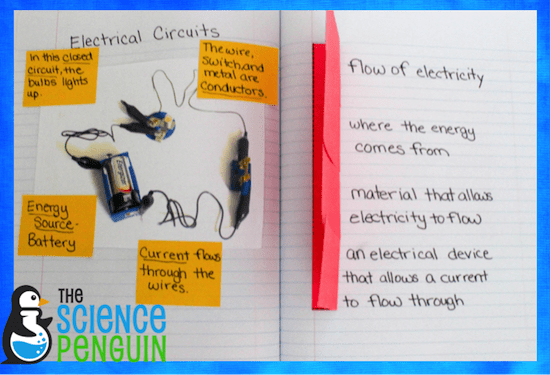
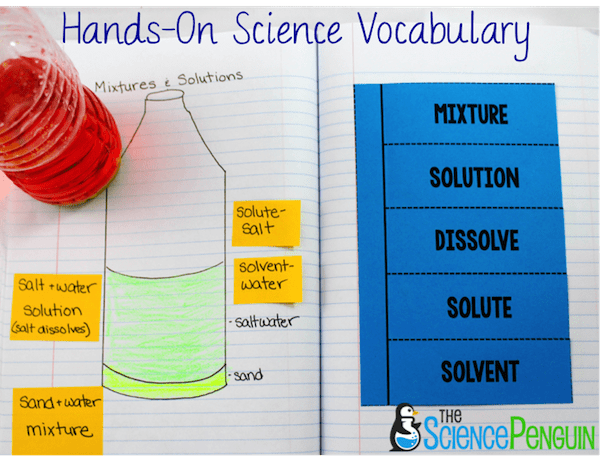
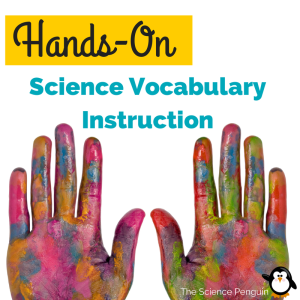
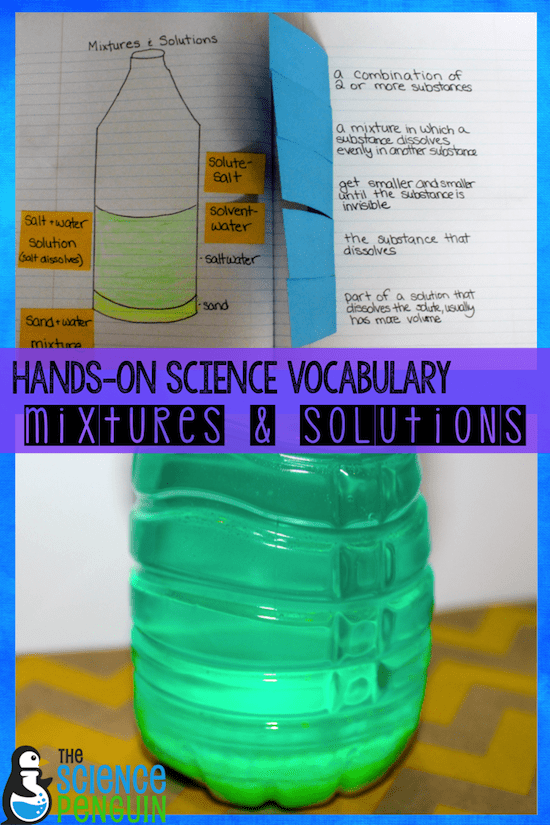
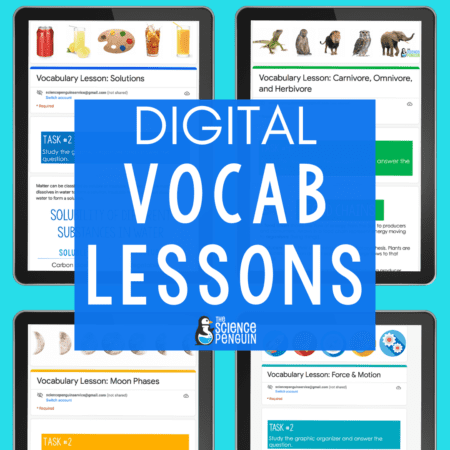
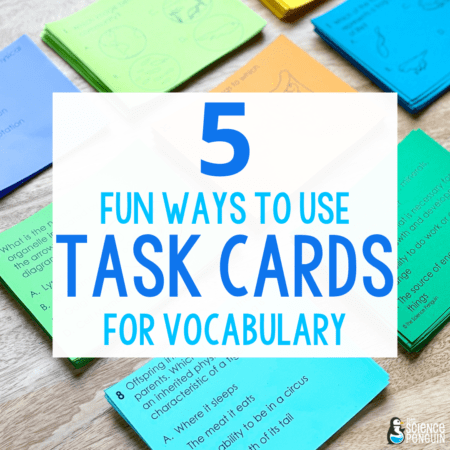
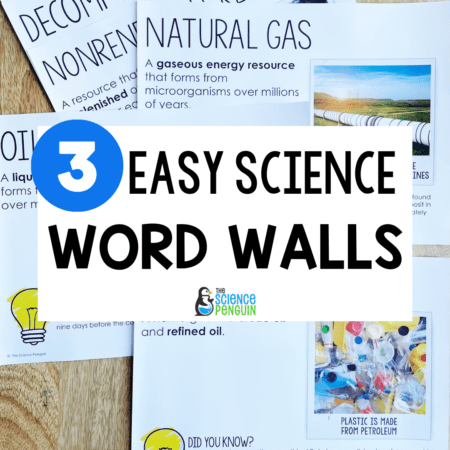

5 thoughts on “Introducing Science Vocabulary: An Interactive Approach”
Science Penguin, you are brilliant! I teach sixth grade (fifth grade last year) and the way you described all the ways that you taught them, and still many of them still didn’t understand was what I have experienced as well. Thanks so much for sharing your methodology. It is greatly appreciated!
Take care,
Carol of The Teacher Team
http://theteacherteam.com/
I am teaching departmentalized 5th grade Science this year and I love your hands-on approach to teaching new science vocab. I was wondering if you had any ideas for test variable, control variable, constant, outcome variable, and repeated trial . I teach a 90% ELL population and have 130 students. Any ideas would be so helpful!
I do!
http://thesciencepenguin.com/2014/08/time-to-teach-variables.html
http://thesciencepenguin.com/2014/09/time-to-teach-multiple-trials.html
http://thesciencepenguin.com/2015/07/scientificmethod.html
Thanks!
Ari
I am working on my national boards and would LOVE any IDEAS for teaching science with literacy!
Definitely look at my SciencELA for reading comprehension and writing instruction with science topics. 🙂